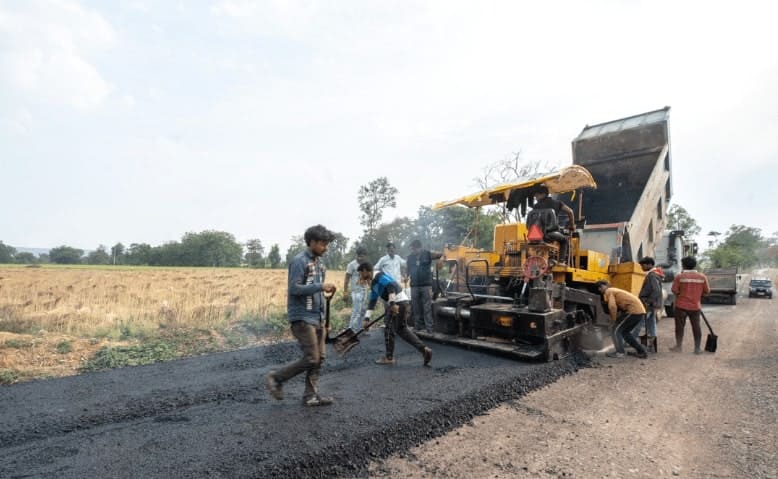How Can CTOs of Infrastructure Project Developers in India Reduce Cost Overruns in Road Construction Projects?

India’s 5.89 million km road network is facing a management crisis. According to a report by Economic Times, a stark 871 projects need to catch up: 169 for up to a year, 157 for up to two years, 414 are delayed for up to five years, and a critical 131 projects are overdue by more than five years. This is not merely a delay; it’s an emergency. CTOs, armed with data, are tasked with navigating this challenging terrain.
With technology’s growing role in construction, strict oversight on spending and strong alliances are paramount. This article stresses the urgent need to address road construction delays in India and underscores the crucial role of CTOs in this crisis.
Pain Point of Infra Project Developers
Managing multiple construction sites poses significant challenges for infra project developers. One primary concern is the lack of accessibility, given the constraints of on-site resources. Multiple sites demand substantial manpower, funds, and logistical support, like vehicles. Moreover, handling numerous purchase orders (POs) exacerbates these challenges. POs are crucial for budget adherence, but they add to the overwhelming volume of paperwork, including notices, payment applications, lien waivers, and change orders. This barrage of documentation hinders operational visibility, essential for excellence.
Furthermore, a study highlighted that construction projects in India experienced an average schedule overrun of 55% compared to the planned duration. This alarming statistic underscores the urgent need for addressing these pain points, especially in highway and road projects.
One Dashboard
In response to the challenges faced by infra project developers, a unified solution emerges: the ‘One Dashboard’ system. This cloud-hosted platform streamlines procurement through catalogue-based buying. Seamlessly integrating with a developer’s ERP system, it offers an integrated view of all project-related transactions.
Furthermore, the inclusion of APIs consolidates procurement spending data into a singular data lake. Beyond merely centralising data, this reservoir allows for controlled access, granting only CXOs and pertinent stakeholders need-to-know basis entry, guaranteeing both security and strategic insight.
Spend Tracking & Reporting
Through the catalogue-based buying solution, expenditure is clearly displayed, both categorically and site-wise. This ensures transparency in financial transactions, allowing stakeholders to promptly identify spending trends and anomalies. The system, in essence, becomes the single source of truth for all parties involved.
Centralising financial data removes ambiguities, strengthens stakeholder trust, and encourages forward-thinking decisions, all vital for the fiscal stability of expansive infrastructure projects.
Conclusion
Moglix Business’s catalogue-based buying solution provides enhanced visibility and precise control over procurement expenditure. For a comprehensive understanding and further insights, refer to Moglix Business Solutions.
